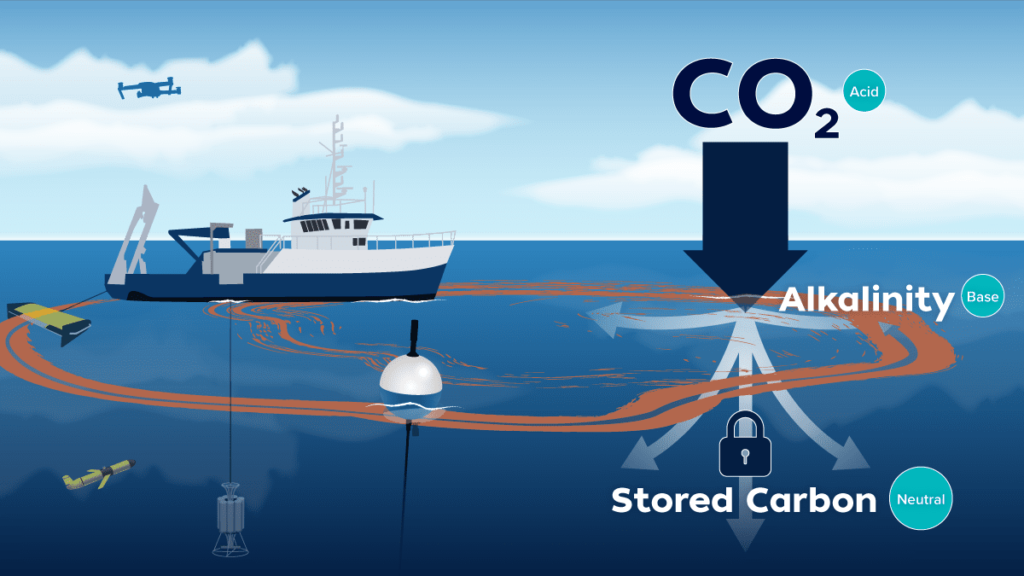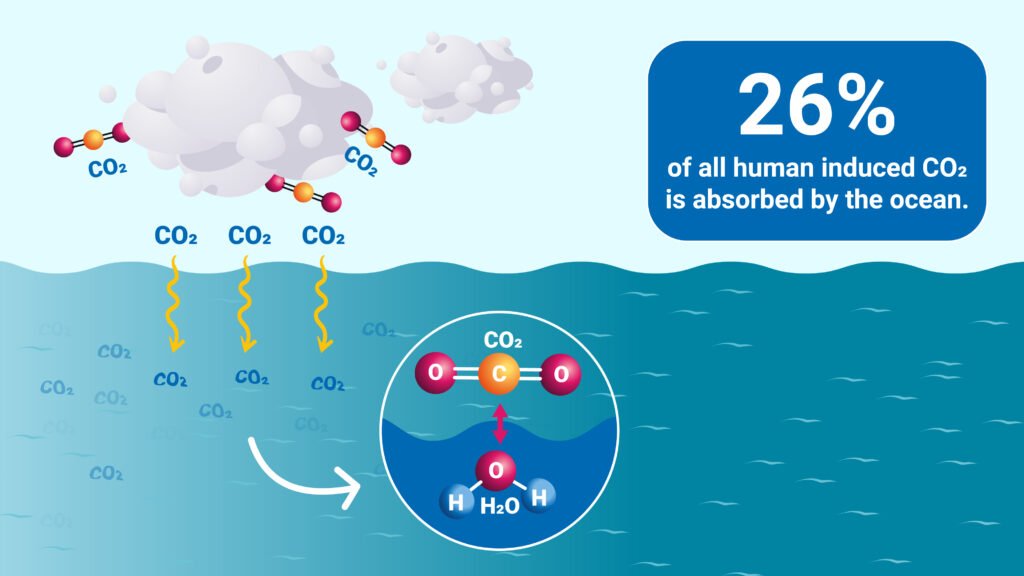Researchers at Woods Hole Oceanographic Institution have a radical plan to fight climate change: dumping 6,600 gallons of sodium hydroxide (lye) into the ocean off Cape Cod. This proposal faces strong opposition from environmentalists, fishermen, and regulators.

The concept is simple: adding lye increases ocean alkalinity, its ability to absorb carbon dioxide (CO2) from the air. This technique, called Ocean Alkalinity Enhancement (OAE), aims to counteract ocean acidification caused by CO2 dissolving in seawater.
However, concerns abound. Critics like the Stellwagen Bank Charter Boat Association, the Massachusetts Lobstermen’s Association and the Maine Department of Marine Resources have expressed concerns about — or outright opposition to — the project. They argue for more research before “truckloads of liquid alkaline” hit the ocean. The potential impact on marine life remains unclear.

The Woods Hole team insists their plan is safe. They believe the diluted lye won’t harm marine creatures and emphasizes the urgency of addressing climate change. They’ve applied for a permit and hope to scale up their experiment in the Gulf of Maine next year.
This controversial geoengineering experiment highlights the desperate search for solutions to climate change. But with potential environmental risks, thorough research and open dialogue with stakeholders are paramount before taking a leap into the unknown.
Reference- Local News Station WBUR report, National Geographic, The Guardian, websites of Stellwagen Bank Charter Boat Association, the Massachusetts Lobstermen’s Association and the Maine Department of Marine Resources






